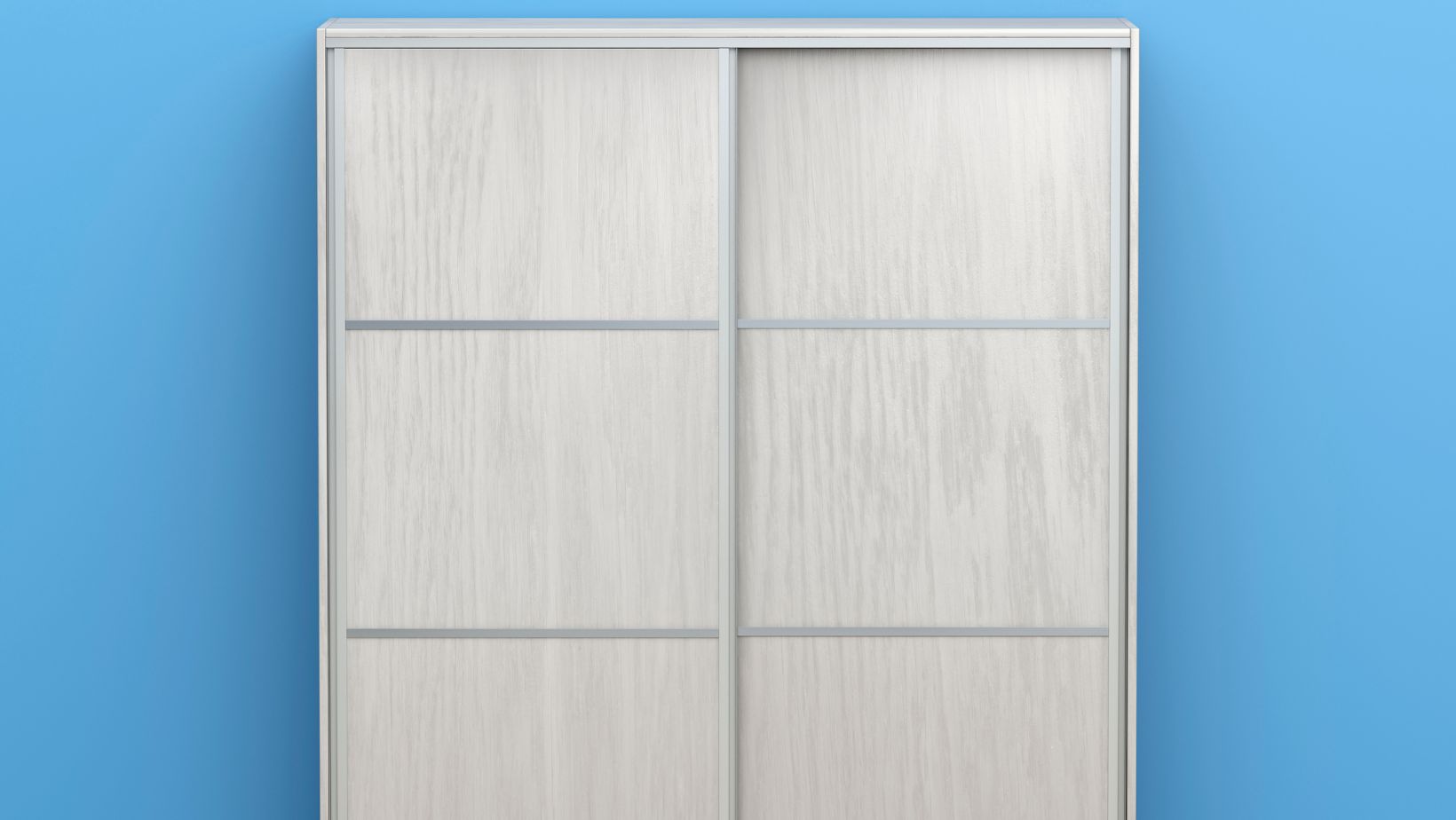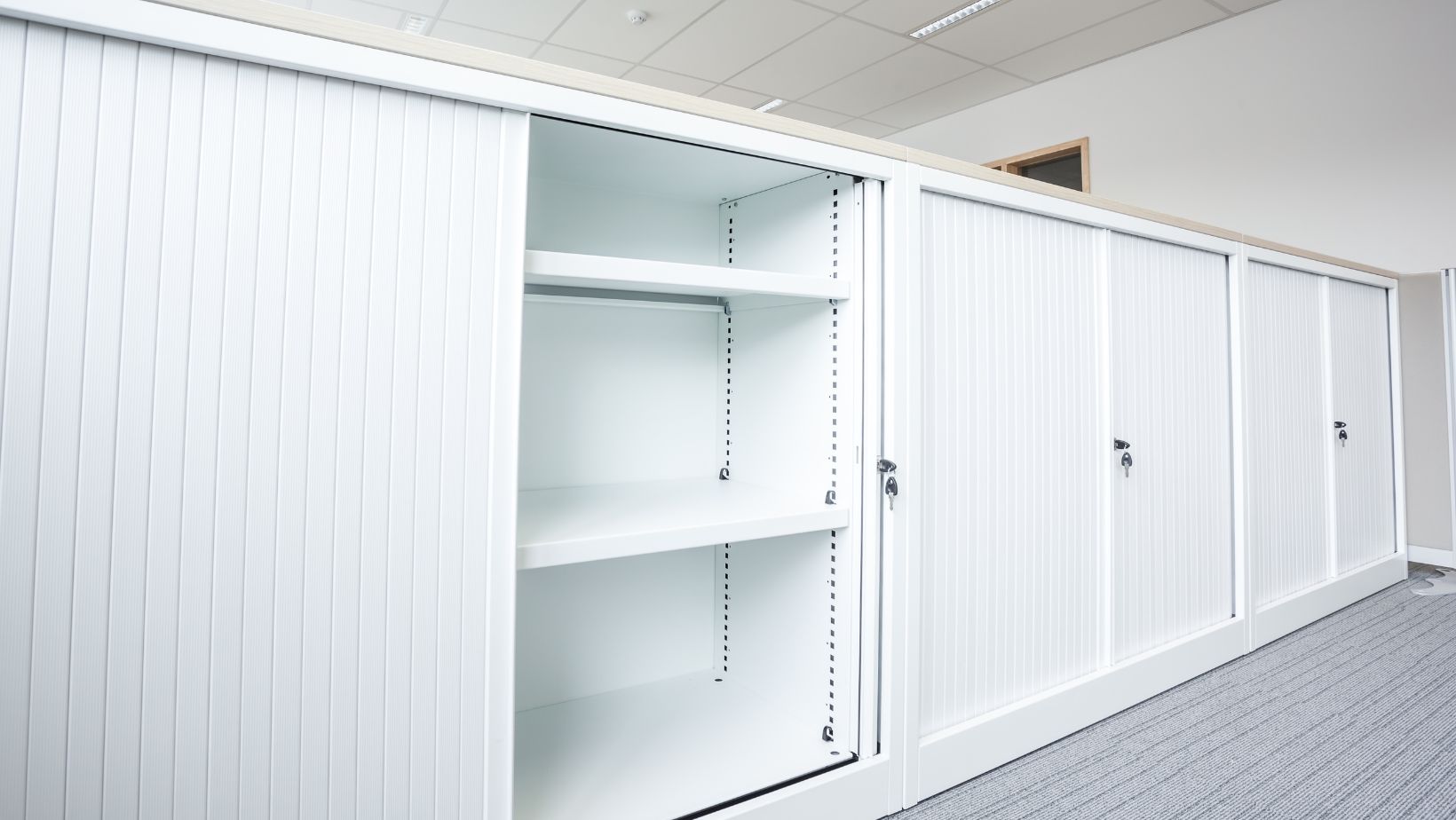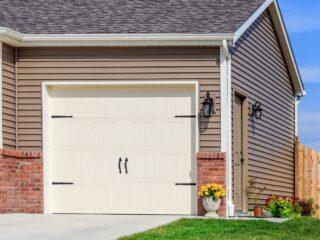
Maintaining sliding wood closet doors can be a challenging task, but with the right tips and techniques, it doesn’t have to be a daunting process. As an expert in home maintenance, I’ve gathered some valuable insights to help you keep your sliding wood closet doors in top shape. Whether you’re dealing with sticky tracks or worn-out rollers, following these tips will ensure smooth and effortless operation for years to come.
Choosing the Right Wood for Sliding Closet Doors
- Consider the Style: Different woods have distinct grains and textures that can enhance or complement the style of your room. For a more traditional look, opt for hardwoods like oak or mahogany, which offer classic elegance and timeless appeal. If you prefer a modern or contemporary feel, lighter woods such as maple or birch can create a sleek and minimalist look.
- Assess Durability: Since sliding closet doors are constantly in use, it’s important to choose a wood species that can withstand daily wear and tear. Hardwoods like oak, walnut, or cherry are known for their strength and resilience, making them ideal choices for high-traffic areas. Softwoods like pine may be more affordable but tend to be less resistant to dents and scratches.
- Consider Maintenance: Some woods require more maintenance than others to keep them looking their best over time. For minimal upkeep, opt for hardwoods with natural finishes or stains that bring out their natural beauty while providing protection against moisture and UV damage. Avoid using softwoods in humid environments as they may warp or swell.
- Budget-Friendly Options: If budget is a concern, there are cost-effective alternatives available that still offer aesthetic appeal and durability. Engineered woods such as plywood or medium-density fiberboard (MDF) provide stability at a lower price point compared to solid hardwoods.
- Eco-Friendly Choices: If sustainability is important to you, look for FSC-certified wood options sourced from responsibly managed forests. This ensures that the wood used in your sliding closet doors comes from environmentally friendly practices.
Sliding Wood Closet Doors
- Start by removing any loose dust or debris using a soft-bristle brush or a microfiber cloth. Gently sweep along the surface of the door to collect any accumulated particles. This step is crucial as it prevents scratching the wood while cleaning.
- Prepare a mixture of mild detergent or dish soap with warm water in a bucket or spray bottle. Avoid using harsh chemicals that may damage the wood finish. Dip a soft cloth into the soapy solution and wring out any excess moisture.
- Wipe down both sides of the door using gentle circular motions, paying close attention to areas that tend to accumulate more dirt, such as handles or edges. Be sure to clean all grooves and crevices thoroughly.
- For stubborn stains or sticky residue, use a non-abrasive cleaner specifically formulated for wood surfaces. Apply a small amount onto a clean cloth and gently scrub the affected area until the stain is removed. Always follow manufacturer instructions when using cleaning products.
- Once you’ve cleaned all visible surfaces, wipe down the entire door again with a damp cloth to remove any remaining soap residue.
- Finally, dry the doors completely with a clean towel to prevent water spots or damage to the wood fibers.

Preventing Warping with Proper Humidity Levels
- Monitor and control humidity: Invest in a hygrometer to measure the humidity levels inside your home. Ideally, the humidity should be between 40% and 50%. If it goes above or below this range, take steps to adjust it accordingly.
- Use a dehumidifier: If you live in an area with high humidity, running a dehumidifier can help remove excess moisture from the air. This can go a long way in preventing warping of your closet doors.
- Install proper ventilation: Good airflow is essential for maintaining optimal humidity levels. Make sure there is adequate ventilation in your home by opening windows, using exhaust fans, or installing vents if necessary.
- Avoid direct moisture exposure: Moisture can be detrimental to wooden surfaces, so it’s important to keep your closet doors away from direct sources of water like leaky pipes or damp walls. Regularly check for any signs of water damage and address them promptly.
- Seal and protect the wood: Applying a sealant or protective finish to your sliding wood closet doors can provide an extra layer of defense against moisture absorption. Be sure to follow the manufacturer’s instructions for application and reapplication as needed.





